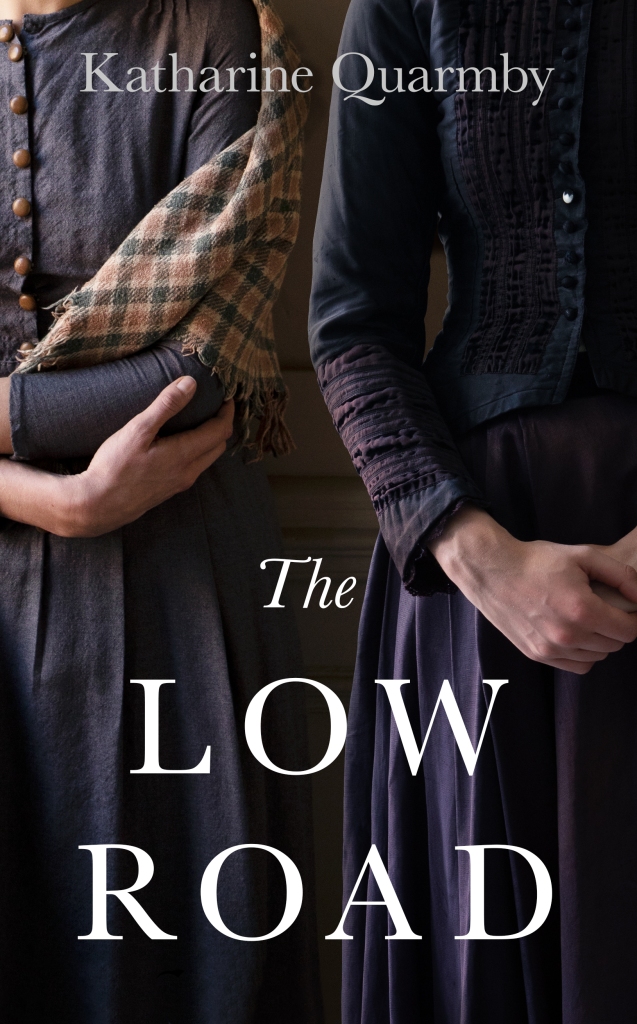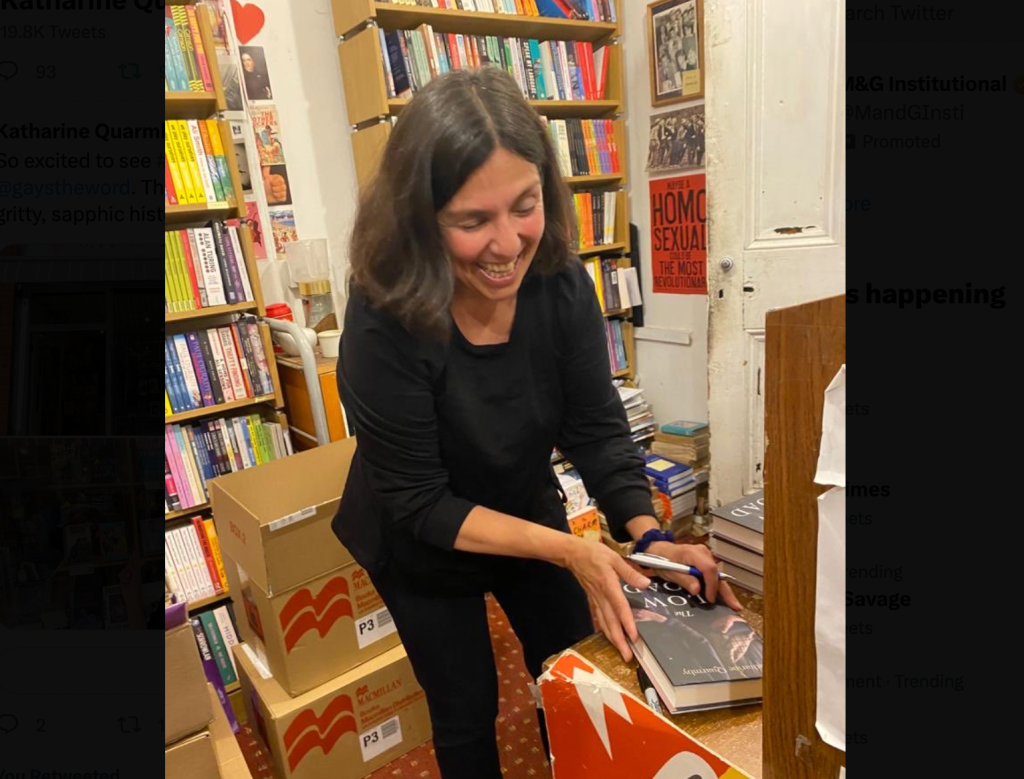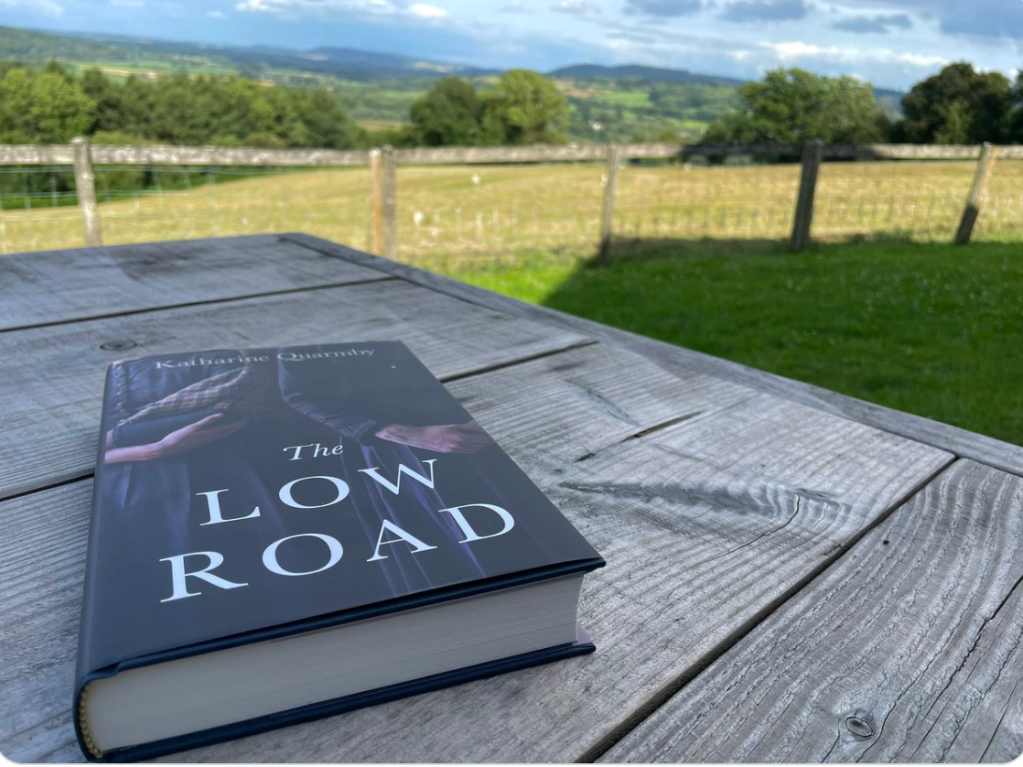In this extract from my book, Scapegoat: why we are failing disabled people (Portobello, 2011), on Holocaust Memorial Day, I am sharing my analysis of how the T4 Nazi killing machine was inspired by eugenics enthusiasts in the UK and the US. It’s a grim read, I’m afraid, but important to remember why so many people died. Never again.
Extract from: Scapegoat: why we are failing disabled people (Portobello, 2011)
by Katharine Quarmby
The legitimisation of eugenic views through Europe and American ended in a logical, if horrifying outcome: the systematic murder of thousands of disabled people in Germany, after the Nazis came to power in 1933. The National Socialist Party wanted to create a pure Aryan nation, and eradicate the taint of the Jewish people (as well as homosexuals and gypsies) But a lesser known part of their moral thought was that “degenerate”, impaired Aryans should also be eliminated. In some ways what happened to Jewish people was a tragedy foretold in the slaughter of innocent disabled children and adults, used to perfect the killing technology that was then practised on the Jews. Racial hygiene, as Hitler called it, started with the social cleansing of disabled people.
The artist, Liz Crow, has spent the last two years investigating the process that lead up to what was known as the T4 killing programme, for her art installation, Resistance. She has identified a systematic “softening up” of the population so that they would be prepared for the programme.
One part of that campaign was to open asylums to the public (as in the Victorian freak-shows), to promote the racial hygiene laws. Thousands visited in the mid 1930’s, including many members of the SS. Each tour, Liz Crow says, “culminated in a lecture illustrating, via the inmates, symptoms and the necessity for eugenic measures.”
Another strand of the campaign was through film and posters, stressing the cost of disability (similar to the less systematic, but no less brutal campaign in the US). One example she has found, from a sequence in a Reich propaganda ministry film, shows disabled people lying in cot beds, with the strap line: “Life only is a burden”. Another, which combines the Nazi attitude towards minority ethnic groups and disabled people, is of a film of a black man holding out a begging bowl, with the strap-line: “Mentally ill negro English, sixteen years in an institute costing 35,000 Reich marks.” As Liz Crow comments: “what happened to this (disabled) community served as a prototype for everything that came later….Had people intervened at that point, presumably, what came next would have been, in some way, different…disabled people were the guinea pigs for the next phase.”
The first law that the Nazis passed on coming to power was the Law for the Prevention of Genetically Diseased Offspring, instituted on July 14, 1933. Those with deafness, schizophrenia and other “malformations”, such as learning difficulties were prevented from breeding by sterilisation. The law was based on the laws functioning in Chicago, drafted by Henry Laughlin. Indeed, there was much admiration in 1936 of Nazi doctors for American eugenicists – even awarding one an honorary doctorate.
Hitler and other leading Nazis were also much influenced by Sparta, where he admired “’the exposure of sick, weak deformed children, in short their destruction, was more decent and in truth a thousand times more humane than the wretched insanity of our day which seeks to preserve the most pathological subjects.” Nazi propaganda against disabled people increased, labelling them “unworthy of life”, “useless eaters” and highlighting their burden on society in print and films. Hitler’s Strength Through Joy campaign prioritised getting rid of the “syphilitics, consumptives, hereditary degenerates, cripples and cretins”. He wrote in Mein Kampf that “the lame and the defective are a scourge on humanity”.
The decision to eradicate disabled children started with Gerhard Kretschmar, and accelerated shortly afterwards, apparently when other families with disabled offspring also petitioned Hitler for permission to kill their children (although some German writers were advocating this solution as early as 1920). It is estimated that at least 5000 children, from newborn babies up to juveniles, were murdered. Some were starved, others gassed.
In July 1939 planning of the T4 programme (so-called after the street address in Berlin where it was co-ordinated) of mercy killings began. An experimental gassing procedure was carried out in the winter of 1939, and the Reichs-Committee for the Processing of Serious Genetic Diseases was also formed that year, collecting data on infants and ‘deformed newborns”. German doctors took part voluntarily in the programme, and the earlier, related programme of sterilisation. The German paediatrician, Hartmut Hanauske-Abel, who has examined many of the official documents relating to both programmes, suggests that they did so because they were convinced of the rectitude of eugenics, the programme was profitable for them and it released corpses for medical experimentation. (When he first published his findings in the Lancet in 1986, he was suspended from practising as a doctor in Germany. He later won an appeal against his suspension. )
He writes about the programme thus: “The practical experience obtained in the killing hospitals of T4 provides the core for the annihilation technology of the death camps, often implemented by the same technical and medical personnel.” He concludes: “Changes which today are interpreted as causing the downfall of the German medical community were at that time warmly welcomed by the widest segments of that highly educated biomedical and scientific elite.”
One nurse involved in the children’s killing programme, at the Hadamar facility, in northern Germany, one of the six institutions where disabled people were murdered, Chief Nurse Irmgard Huber, said at her trial in 1947: “The lives…are just as valuable as my life, but I couldn’t change anything there. I didn’t have any say. I couldn’t report anything. I avoided the matter.” Instead, she distributed sweets to the children before they went to the gas chamber.
No-one abroad seemed much interested – except other euthanasia enthusiasts.
In 1939, when Germany started to practice euthanasia against disabled children and adults, one officer in the American Eugenics Society commented it showed “great courage”. Indeed, it is estimated that by 1941 the numbers of those sterilised in the US had reached nearly 36,000. One doctor, Joseph Dejarnette, a doctor from the state of Virginia, commented that “the Germans are beating us at our own game.” In 1942 an article in the journal of the American Psychiatric Association called for the killing of all “retarded” children over five.
Hitler signed the order to start killing disabled adults on September 1, 1939, giving permission for those who were “incurable” to be “accorded a mercy death.”
Grey buses, with blacked-out windows, would arrive outside villages, local asylums and hospitals to take disabled people away. They were known to children as “the murder box” and mothers would frighten their children, saying that they would be taken away in them if they were naughty.
By the end of the war it is thought that around 200,000 disabled citizens had been murdered, among them the insane, the disabled, the tubercular and the retarded, as the Nazis called them.
The killing, one writer, Hugh Gregory Gallagher, commented, was methodical and scientific. “What was interesting and important about the killing program is not the mad-dog killers, but rather the careful, orderly and quite medical manner by which the full Germany medical and scientific establishment proceeded to kill its patients over a period of years.”
One witness recalled that when the killing first started, beds were made with fresh linen and warm blankets. When people arrived to be killed, they were given hot coffee and warm rolls. Of course we will never know whether this was genuine compassion for their fate, or a desire to make the killings easier to achieve. Soon, however, the numbers of those due for killing rose and the system became stressed. The Nazis started to reuse coffins (by designing them with a flap that opened in the bottom to allow the corpse to fall out) and started to dig mass graves, especially for children.
Some churchmen remonstrated. The Bishop of Limburg protested in 1941, writing to the minister of justice: ‘the citizens of Hadamar watch the smoke rise out of the chimney and are tortured with the every-present though of the poor sufferers’. Another, the bishop of Paderborn, said “among those unhappy beings who are destined to be killed or who have already been killed, there are many who aside from partial disturbances are mentally completely clear and who know what is going to happen to them.” However, one influential Catholic, Joseph Mayer, became an apologist for the Holocaust, writing: “moral law applies only to the mentally normal, rational individuals. Mental patients do not belong in the moral order, neither as subjects nor in terms of implementation.” Later he prepared a report saying that there were reputable moral arguments for and against sterilisation on both sides.
Before long, the regime was even killing World War One veterans and even shell-shocked veterans fresh from the Western front. However, this policy was short-lived, partly because it affected troop morale.
There were poignant scenes. In one village, Absberg, the villagers and abbess protested against disabled residents of the abbey being taken away in 1940. The abbess said a special mass for them, and one eye-witness reported: “They were seen as stirred up, like animals”, and refused to go. One woman said “I don’t want to go.” The people of the town gathered, and waved goodbye to their friends causing wide-scale disgust as the news spread. In another village, not far away, in Bruckberg, those who were about to die visited almost every house in town to say goodbye.
But the Absberg and Bruckberg protests, such as they were, did have an effect. The secret of the grey buses was secret no longer. The villagers of Absberg protested to their Bishop, Von Galen, who thundered from his pulpit that what was happening must stop. T4 was cancelled officially shortly afterwards, in August 1941. But unofficial killing continued thereafter – in what is known as the “wild phase” of the programme.
The banality and playfulness of the evil often perpetrated against disabled people, is best exemplified in what Hugh Gregory Gallagher claims happened when the staff of Hadamar were assembled, in the midsummer of 1941, to celebrate the 10,000 murder in the institution. The staff celebrated the anniversary with beer and wine, in the same room where the people had been put to death. The body of the murdered man was adorned with flowers and laid on a gurney, decorated with small Nazi flags. The hospital book-keeper, Mr Merkle, in the words of one witness, “turned his collar about, put his coat on backward, and intoned a burlesque eulogy of the deceased insane person.”
The physicians who participated in the euthanasia campaign have mostly never been successfully prosecuted. They did not stand trial at Nuremburg, unlike other Nazi mass murderers because their crimes had been, in the main, perpetrated against other German citizens, rather than foreigners. As a result, Professor William Seidelmann writes, “Absent from the dock were the leaders of the medical profession of the Third Reich, in particular the academic and scientific elite. It was this elite who legitimised the devaluation of human life and set the stage for medical crimes—crimes in which leading academics and scientists were either principals or accomplices.” There may have been another reason, too, for the paucity of trials. Liz Crow argues that the Nuremburg prosecutors were clear in their minds that what happened to the Roma, the Jews and other groups was abhorrent. “But they were confused about whether killing disabled people was a public service. The prevailing attitudes about disabled people, that they were inferior, pitiable and burdensome, defined their judgement.”
Back in the UK, the return of the war wounded did increase public sympathy for the physically disabled and those with shell-shock and other mental health conditions. Churchill, too, had mellowed. One of his last acts as a war-time Prime Minister was to commit the so-called “mental millions” to support those returning from war, with their nerves in shreds. One third of servicemen invalided out of the army had been discharged on mental heath grounds. Disabled people had gotten angry at last: veterans from both world wars lobbied for the right to work through organisations such as the National League for the Blind and Disabled, holding sit-ins to force government to ensure their right to employment.
The end of the war did achieve two things for disabled people – it confronted Britain and America with the ugly reflection of their own ideas in Nazi Germany – and it created more sympathy for some categories of disabled people – though not all within British society. The many disabled war veterans, in particular, normalised physical impairment for many. And the end of the war was also the beginning of the end for the institutions – but with numbers reaching a record 150,000 in 1950, it was to prove a very long journey.
As for Gerhard Kretschmar, his identity was concealed from us for over fifty years, known only as child K in official terminology. His short and miserable life was hidden in the Stasi files in East Germany, and only came to light when a German historian, Ulf Schmidt, unearthed it, after the fall of the Berlin Wall and wrote about him in his biography of Hitler’s physician, Karl Brandt. Gerhard’s murder was recorded, not as euthanasia, but as “heart failure”, like so many others. He, of course, like those victims of mercy killings today, did not consent to his death. Few know of Gerhard’s life, or death. If it had not been for Ulf Schmidt we would not even know his name. Many of the other victims of T4 remain nameless even now. Astonishingly, those responsible for murdering their “patients” could escape responsibility – by claiming that the patients they had killed had a right to medical confidentiality.
The last victim of T4, Liz Crow says, was a four year old disabled boy, Richard Jenne. “The American forces moved into Bavaria, the last area they liberated, and they put a protective ring around the local institution for disabled people, not knowing about T4. He was killed. Four weeks after peace was declared.”
Too many of the victims of T4 remain nameless. And naming the dead, and what was done to them, matters. I believe that Gerhard’s story, Richard’s story, and those of other disabled people murdered like them, should be known and taught in British schools. They were human beings, not beastly burdens who should be put out of their misery. We owe it to them to remember them, and to give them their rightful place in our common history. For if we do not learn from history, we cannot guarantee that it will not be repeated.








